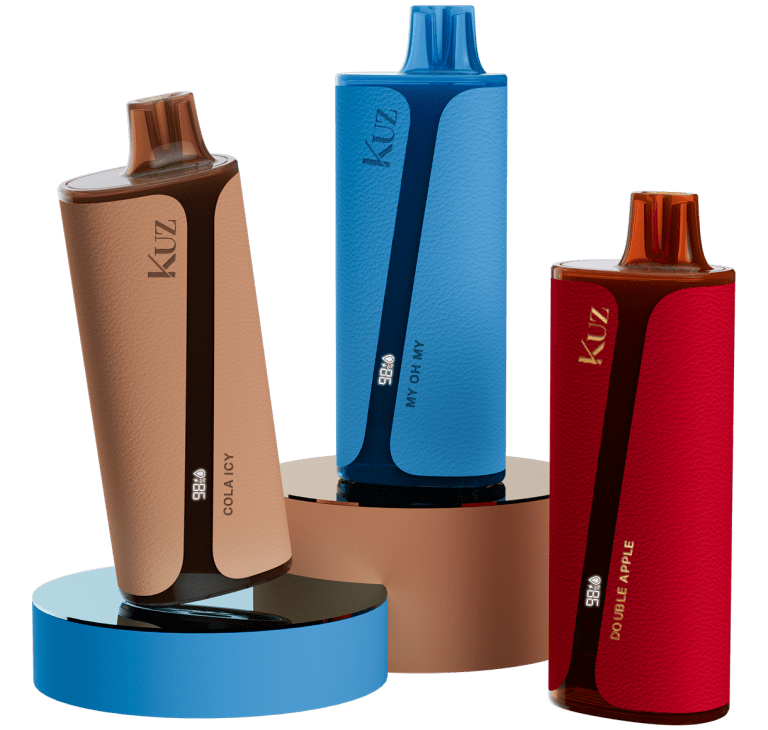The vaping industry is booming, and opening a vape shop can be a lucrative business opportunity for entrepreneurs with the right plan. With global demand for vaping products growing at an impressive rate, setting up a vape store could be your ticket to success. However, launching a vape shop isn’t as simple as securing a storefront and stocking products. It requires thorough planning, legal compliance, and a deep understanding of your target audience.
In this guide, we’ll walk you through everything you need to know about starting your vape shop, from researching regulations to marketing your brand. Let’s get started!
1. Create a Solid Business Plan
A detailed business plan is your roadmap to success. Start by identifying your niche. Will your shop focus on high-end mods and e-liquids or cater to beginners with affordable starter kits? Next, outline your operational strategy, including product sourcing, pricing, and revenue projections.
Also, be sure to factor in competition. With vape products available in convenience stores and gas stations, you’ll need to offer something unique to stand out in the market. A well-structured business plan is also crucial if you’re seeking financing from investors or applying for a business loan.
2. Research and Obtain Licenses
Starting a vape shop comes with legal responsibilities. Depending on your location, you’ll need to secure various licenses and permits before opening your doors. These typically include a general business license, a retail tobacco license, and a zoning permit.
You’ll also need to navigate the complex regulatory landscape surrounding vape products. Federal and state regulations vary, and non-compliance can lead to hefty fines or even the closure of your shop. It’s vital to stay up-to-date with local laws, particularly regarding the sale of e-liquids containing nicotine. Ensuring compliance with FDA guidelines is equally important.
3. Secure Funding for Your Vape Shop
Starting a vape shop requires significant investment. Your initial startup costs will depend on several factors, including location, size, and inventory. On average, it costs between $25,000 to $50,000 to open a vape shop. Expenses include securing a retail space, purchasing initial stock, setting up the interior, and obtaining business insurance.
You may need to explore different funding options, such as bank loans, SBA-guaranteed loans, or crowdfunding platforms. Some entrepreneurs also choose to self-fund their venture, but it’s essential to consult financial experts before making any major decisions.
4. Find a Prime Location
Location is crucial for the success of any retail business, and vape shops are no exception. Aim for a high-traffic area with plenty of visibility, like a busy shopping center or a street-level store in a commercial district. Ensure that the location complies with zoning laws, as certain areas may restrict the sale of tobacco and vaping products.
If your budget allows, consider opening in a region with limited competition to capture a larger share of the market.
5. Source Quality Products
Your vape shop’s reputation will hinge on the quality of the products you carry. Establish relationships with reliable suppliers who offer high-quality e-liquids, vape pens, mods, and accessories. Customers are more likely to return if they can trust the products you sell.
You may also want to offer a variety of price points to cater to both budget-conscious customers and those seeking premium products.
6. Market Your Vape Shop
Marketing plays a significant role in driving traffic to your store. Start by building a strong online presence with a user-friendly website and active social media profiles. Since SEO is critical, make sure your website is optimized for local searches like “vape shop near me.”
Social media platforms like Instagram and Facebook are excellent for engaging with your audience and showcasing your products. For vape shops targeting younger demographics, consider incorporating TikTok into your marketing strategy. In addition, community engagement can go a long way—consider hosting events or educational sessions about vaping products.
7. Get Insurance for Your Business
Insurance is a non-negotiable expense for vape shop owners. General liability insurance protects your business from accidents or lawsuits, while product liability insurance covers you in case of defective products. Having the right insurance policies in place ensures your business remains protected against unforeseen risks.
8. Build a Strong Brand
Your brand identity is what sets your vape shop apart from competitors. Start by creating a logo and choosing a color scheme that aligns with your target audience. Consistency across your store design, website, and marketing materials will reinforce your brand message and build customer loyalty.
Conclusion
Opening a vape shop is a promising business opportunity, but it requires careful planning and execution. By following the steps outlined in this guide, you’ll be well-equipped to navigate the legal, financial, and operational challenges of running a vape store. With the right location, products, and marketing strategy, your vape shop can thrive in this rapidly growing industry.



